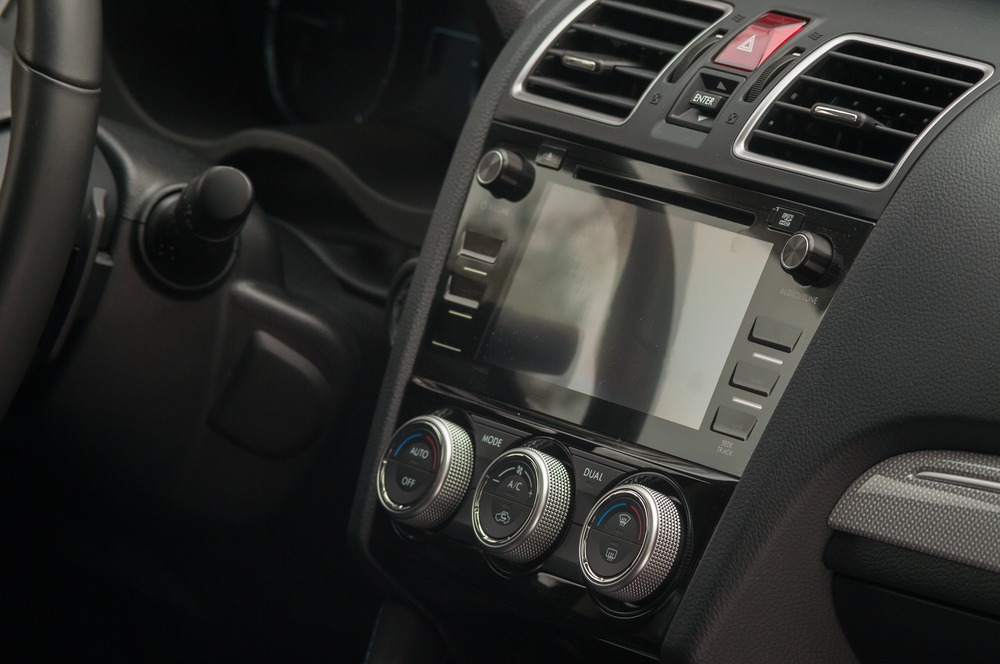
A new report from the AAA Foundation for Traffic Safety has found that one in three U.S. adults use infotainment systems while driving–but just two seconds of distraction doubles the risk of a crash.
“Some in-vehicle technology can create unsafe situations for drivers on the road by increasing the time they spend with their eyes and attention off the road and hands off the wheel,” David Yang, executive director of the AAA Foundation for Traffic Safety, said. “When an in-vehicle technology is not properly designed, simple tasks for drivers can become complicated and require more effort from drivers to complete.”
The foundation’s research showed that voice-based and touchscreen features on many in-vehicle technologies keep drivers distracted not just visually, but also mentally, for more than 40 seconds when completing basic tasks. In fact, while researching 30 different vehicles and their infotainment systems, they discovered that none of these systems were low in their attention demands–12 required very high demand, 11 high demand, and 7 moderate demand of their drivers.
“Some of the latest systems on the market now include functions unrelated to the core task of driving like sending text messages, checking social media or surfing the web — tasks we have no business doing behind the wheel,” Mary Maguire, AAA Northeast senior director of Public and Legislative Affairs, said. “Automakers should aim to reduce distractions by designing systems that are no more visually or mentally demanding than listening to the radio or an audiobook. And drivers should avoid the temptation to engage with these technologies, especially for non-driving tasks.”
Programming navigation proved to be the most difficult and distracting task for testers, and frustration from unsatisfactory use of some of the systems involved further aggravated distracted drivers. AAA has coupled these findings with a new public opinion survey that notes while 70 percent of U.S. adults want new tech, only 24 percent feel it works perfectly to push for changes to what they call solvable problems. Many, AAA noted, can be made safer simply by following federal recommendations.